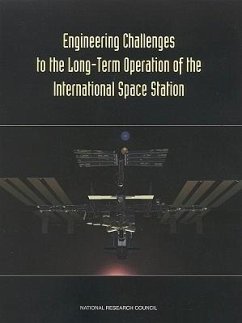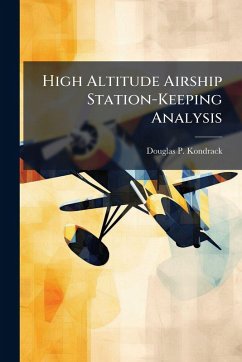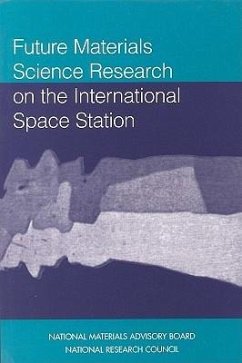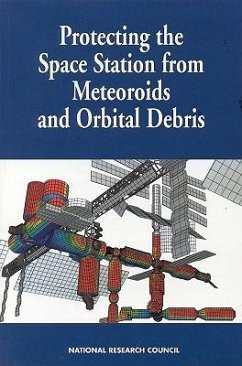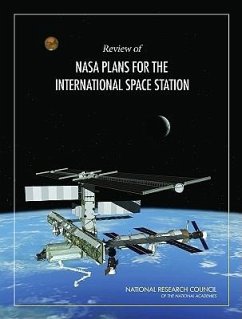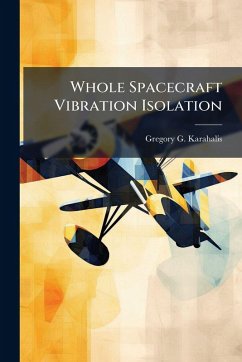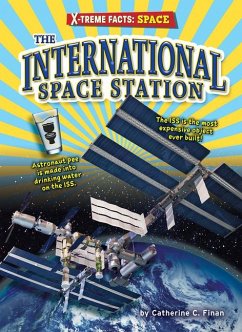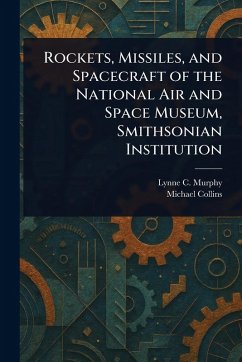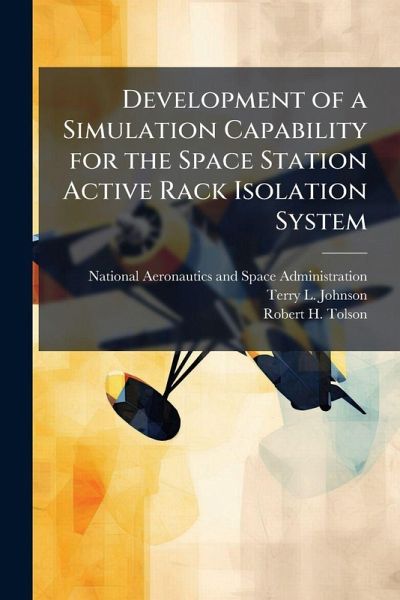
Development of a Simulation Capability for the Space Station Active Rack Isolation System

PAYBACK Punkte
9 °P sammeln!
To realize quality microgravity science on the International Space Station, many microgravity facilities will utilize the Active Rack Isolation System (ARIS). Simulation capabilities for ARIS will be needed to predict the microgravity environment. This paper discusses the development of a simulation model for use in predicting the performance of the ARIS in attenuating disturbances with frequency content between 0.01 Hz and 10 Hz. The derivation of the model utilizes an energy-based approach. The complete simulation includes the dynamic model of the ISPR integrated with the model for the ARIS ...
To realize quality microgravity science on the International Space Station, many microgravity facilities will utilize the Active Rack Isolation System (ARIS). Simulation capabilities for ARIS will be needed to predict the microgravity environment. This paper discusses the development of a simulation model for use in predicting the performance of the ARIS in attenuating disturbances with frequency content between 0.01 Hz and 10 Hz. The derivation of the model utilizes an energy-based approach. The complete simulation includes the dynamic model of the ISPR integrated with the model for the ARIS controller so that the entire closed-loop system is simulated. Preliminary performance predictions are made for the ARIS in attenuating both off-board disturbances as well as disturbances from hardware mounted onboard the microgravity facility. These predictions suggest that the ARIS does eliminate resonant behavior detrimental to microgravity experimentation. A limited comparison is made between the simulation predictions of ARIS attenuation of off-board disturbances and results from the ARIS flight test. These comparisons show promise, but further tuning of the simulation is needed. This work has been selected by scholars as being culturally important, and is part of the knowledge base of civilization as we know it. This work was reproduced from the original artifact, and remains as true to the original work as possible. Therefore, you will see the original copyright references, library stamps (as most of these works have been housed in our most important libraries around the world), and other notations in the work. This work is in the public domain in the United States of America, and possibly other nations. Within the United States, you may freely copy and distribute this work, as no entity (individual or corporate) has a copyright on the body of the work. As a reproduction of a historical artifact, this work may contain missing or blurred pages, poor pictures, errant marks, etc. Scholars believe, and we concur, that this work is important enough to be preserved, reproduced, and made generally available to the public. We appreciate your support of the preservation process, and thank you for being an important part of keeping this knowledge alive and relevant.




